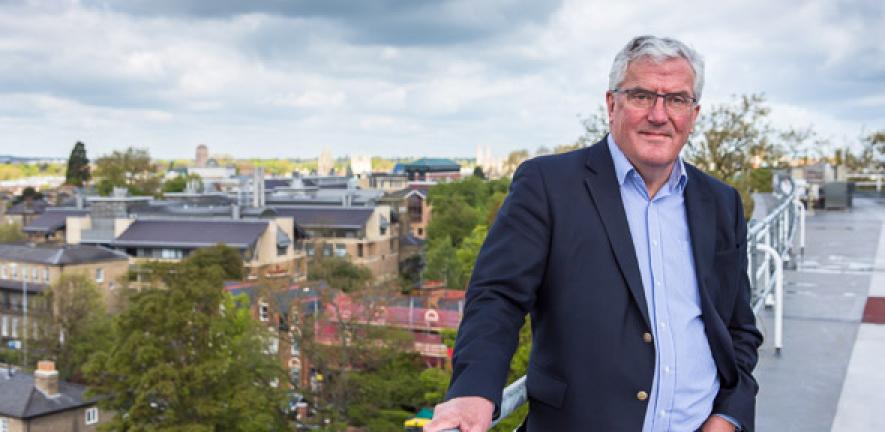
“We have seen a significant improvement in air quality in London since the government restrictions were announced on March 23rd,” says Rod. Rod and his colleagues in the Atmospheric Chemistry research group have been working with the Breathe London project for over a year to monitor air quality in London. The project combines state-of-the-art technology with new data analytics to better understand Londoners’ exposure to air pollution.
The Breathe London team has a network of 100 low-cost air quality pods fixed to lamp posts and buildings throughout London. Each pod contains sensors that measure nitrogen oxides (NOx), particulate mass and other pollutants. “Because we were already there while this transition has taken place, we have been able to monitor the effects of the shutdown since day one,” he says. The National Centre for Atmospheric Science has produced graphics showing similar reductions in ten UK cities, including London.
Rod warns that given the pandemic, it would be very difficult to demonstrate whether the improved air quality has affected human health, however. “It’s very challenging to detect improvements in health associated with the improvements in air quality, given the background of the illnesses associated with the coronavirus,” he says.
“But looking to the future,” says Rod, “this is giving us a hint of what London air quality could look like if we could clean up emissions from vehicles.”

